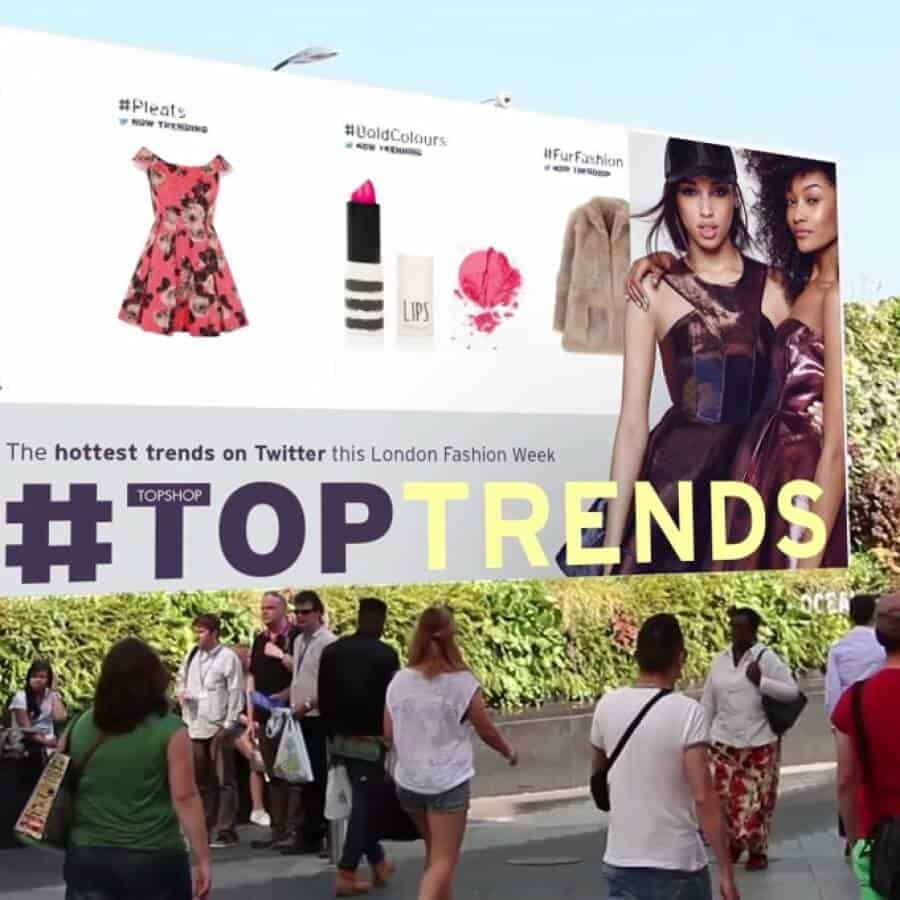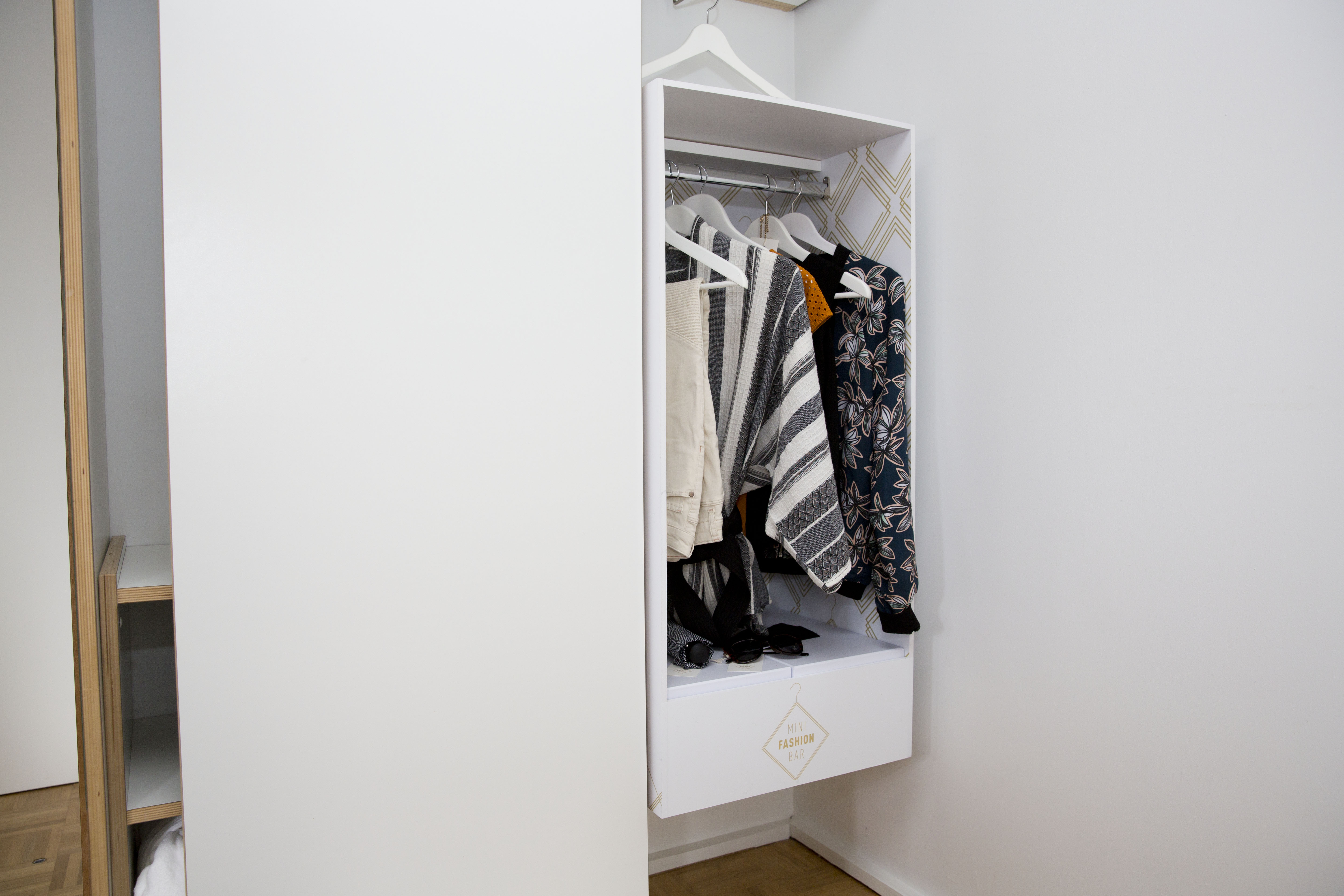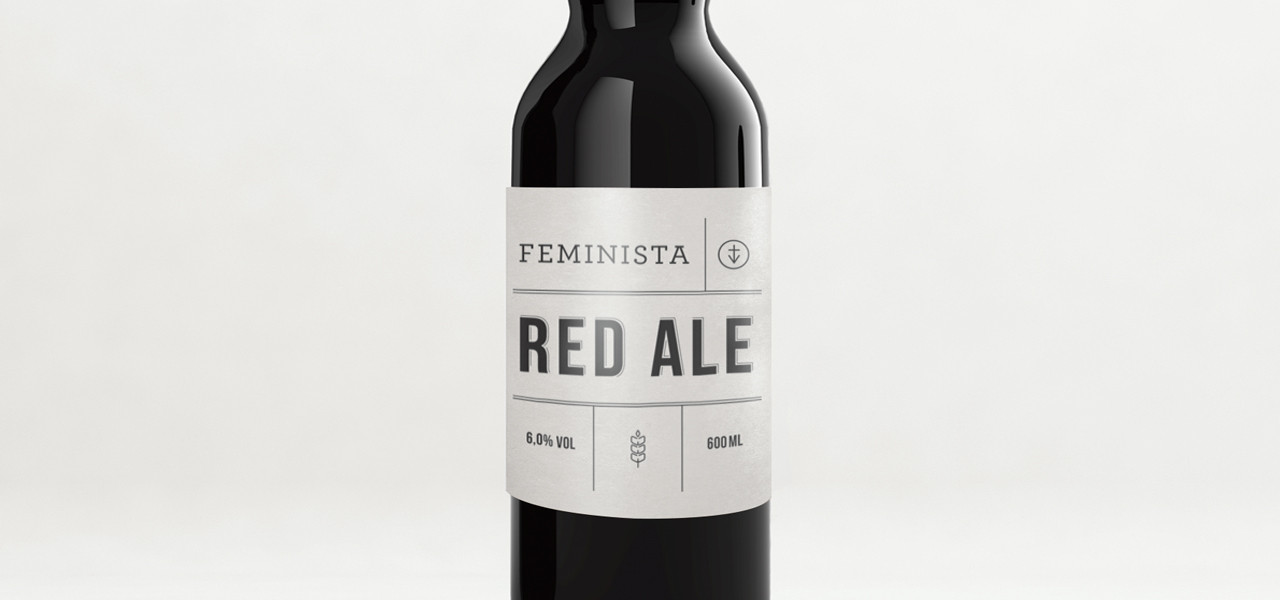Every CEO, entrepreneur, product designer and marketing executive wants to know what’s next when it comes to innovation. However, innovation is more than just trends. Innovation is a new idea, a new product, service, campaign or business model. By drawing key insights from the game-changing innovations that customers are engaging with now, we can get a sneak peak at what is in store for the future.
In March 2015, Durex unveiled the #LoveBot, an automated web robot which matches broken-hearted Twitter users. Whenever a Twitter user publishes a tweet featuring the broken heart emoticon (</3), the bot responds, matching the individual with another user with a broken heart. The #Lovebot then sends both users a tweet suggesting that they connect.
This innovation is an example of how companies are exceeding customer expectations when it comes to social connection. Now, more than ever consumers are expecting instant, playful, context-relevant connections delivered in innovative ways.
Hotel Banks Antwerp
Consumers are increasingly embracing brands and services that embed access to new, exciting and useful products into their core offerings. In May 2015, Antwerp’s Hotel Banks unveiled the Mini Fashion Bar. The Mini Fashion Bar is just like a hotel mini bar, but for clothes. Each room is stocked with a range of apparel and accessories, chosen according to the weather and activities in the local area. Guests are invited to use clothes from the fashion bar and purchase items upon checkout.
Today’s consumers are increasingly expecting brands and other organizations to innovate in an effort to solve shared problems. These innovations are being applied to even the most ordinary of services and physical objects.
In May 2015, Asiri Group of Hospitals, one of Sri Lanka’s largest healthcare providers, created the Soap Bus Ticket, a soap infused bus ticket to help prevent the spread of germs.
Pretail is the new retail. Crowdfunding is quickly becoming the new way to shop. In July 2015, Amazon announced Amazon Launchpad, a new storefront that curates and sells products cutting-edge products from today’s brightest startups. Launchpad draws products from 25 crowdfunding platforms, venture capital firms and startup accelerators. It also provides assistance for startups to market and distribute their products via Amazon’s global network of warehouses.
We continue to see the evolution of technologies that allow intuitive interactions with technology. Next up we will see tech that responds to the user’s emotional state in helpful ways. Smile Suggest is a Google Chrome extension that tracks facial movements using a webcam, bookmarking pages that produce smiles, and giving the viewer the option to share these via email or social media.
Access to a global network of shared ideas, information, culture, things and brands means the expectations of all consumers are as high as those in New York, London or Rio. It is crucial for brands to treat customers in emerging markets with the same amount of sheer delight as those in established markets. In July 2015, Uber celebrated a successful year of operations in Lagos, Nigeria, by offering free rides to all passengers for 24 hours. The offer was open to both existing and new customers, and each customer was limited to two free rides.
Stefan’s Head
Consumers are always seeking out experiences and products that are exclusive and innovative brands are leveraging social platforms and mobile devices to create new kinds of exclusivity. Now, new business models enabled by the digital world, will see this age-old search take new forms. Stefan’s Head is a fashion brand which operates only by text messages. To purchase limited-edition apparel from the brand, customers must send an SMS to a cellphone number, and then receive a reply asking for details of their social media accounts in order to be vetted by the company. Those who are deemed worthy receive an SMS with links to purchase products every few weeks.
The future of artificial intelligence has generated a ton of hype in 2015. This means rising customer expectations of digital services that run in the background, making smart decisions on their behalf. Paribus is an automated plugin which connects to users’ email, scans their online purchase receipts and files price adjustment claims on their behalf. Users sign up via their mailbox and the plugin allows them to claim money back from various retailers.
This movement for female empowerment continues to inspire new campaigns, products and services. Cerveja Feminista (Feminist beer) opens up a dialogue about sexist advertising and shows how brands are doing good in the world.
Created to encourage the advertising industry to discuss how women are portrayed in beer advertising and the lack of female art directors in Brazil, the label featured the symbol for gender equality. The women who devised the label also founded an activism group called 65|10 – inspired by the fact that 65% of Brazilian women don’t feel like they’re represented in ads and only 10% of creatives at advertising agencies in Brazil are women.
In a world of instant price transparency and crowdfunding perks, pricing has become more playful and innovative than ever. In April 2015, budget airline Transavia created packets of chips, candy and cereal bars that double as tickets for a Transavia flight. The products were sold at participating shops, and vending machines, and cost between EUR 30 and EUR 40. Customers who bought the products could use a code printed on the packet to secure a flight to Barcelona, Lisbon or Dublin.
There are two epic trends that continue to evolve: rising expectations of brand engagement in social problems and rising expectations of customer participation. In May 2015, HP partnered with Brazilian NGO Mães da Sé to give customers the ability to print missing person posters through its Print for Help project.
Consumers want amazing results with little effort. Chinese mobile developer Meitu’s photo-retouching app Meitu Xiuxiu is one of the most popular in China, with over 980 million downloads worldwide.
In April 2015, the company launched its latest smartphone, the M4. The phone’s features are focused on helping users take better selfies. It includes a 13-megapixel front camera and pre-installed image-enhancing apps, which help make skin appear smoother and blemish free.
Real-time information is enhancing the customer experience making it faster, better and more exciting. During London Fashion Week in February 2015, UK fashion retailer Topshop partnered with Twitter to allow customers to shop fashion trends in real-time. The company analyzed twitter data to find out which catwalk trends were being discussed and then the trends were displayed on digital billboards in six UK cities, alongside the corresponding Topshop products.
Caesars Entertainment & WeChat
Messaging apps are already becoming essential for day-to-day living. In January 2015, Caesars Entertainment with the mobile app WeChat to showcase its smart hotel rooms. At The LINQ Hotel & Casino in Las Vegas, guests could use a sliding system app inside WeChat to adjust in-room lighting, thermostats, or open the curtains.
Support us!
All your donations will be used to pay the magazine’s journalists and to support the ongoing costs of maintaining the site.
Share this post
Interested in co-operating with us?
We are open to co-operation from writers and businesses alike. You can reach us on our email at [email protected]/[email protected] and we will get back to you as quick as we can.











